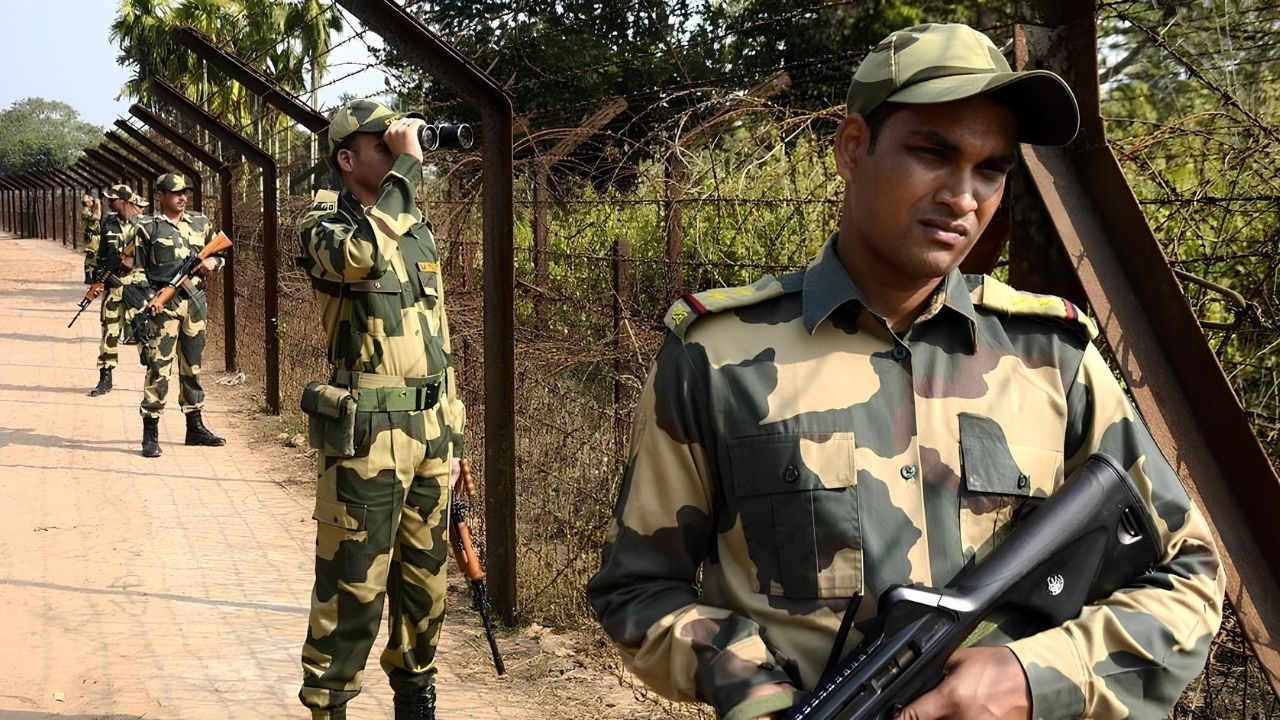
Why did the Bangladesh-India border clash happen? The Bangladesh-India border clash is rooted in a mix of historical, political, and territorial disputes. Border tensions between these two neighboring countries have flared up due to disagreements over the exact demarcation of their shared boundary, illegal immigration, and smuggling activities. Additionally, the legacy of the 1947 partition and subsequent wars has left lingering mistrust. Both nations have tried to manage these issues through diplomatic talks, but sporadic violence still erupts. Understanding the reasons behind these clashes requires looking at the complex history and ongoing challenges that shape their relationship.
Key Takeaways:
- The Bangladesh-India border clash is rooted in a complex history of colonialism, partition, and independence, shaping the geopolitical significance and human impact of the border regions.
- Despite disputes and clashes, efforts for peace and cooperation, shared cultural ties, and future diplomatic dialogue offer hope for the Bangladesh-India border relations.
Historical Context
Understanding the Bangladesh-India border clash requires a look back at history. These two nations share a long, complex relationship shaped by colonialism, partition, and independence.
- The border between Bangladesh and India stretches over 4,096 kilometers, making it one of the longest international borders in the world.
- The Radcliffe Line, drawn in 1947, initially demarcated the boundary between India and East Pakistan, which later became Bangladesh in 1971.
- The partition of British India led to massive migrations and communal violence, deeply affecting border regions.
- Bangladesh gained independence from Pakistan in 1971 after a brutal war, with India playing a crucial role in supporting the Bangladeshi liberation movement.
Geopolitical Significance
The border isn't just a line on a map; it holds significant geopolitical importance for both countries.
- The border areas are rich in natural resources, including fertile land and water bodies, making them economically valuable.
- The region is strategically important for India as it connects the northeastern states to the rest of the country.
- The border is also a hotspot for illegal activities like smuggling, human trafficking, and insurgency, necessitating strict security measures.
- Both countries have established numerous border outposts and fencing to monitor and control cross-border activities.
Border Disputes and Clashes
Despite efforts to maintain peace, the border has witnessed several disputes and clashes over the years.
- One of the most notable clashes occurred in 2001, resulting in the deaths of 16 Indian and three Bangladeshi soldiers.
- Disputes often arise over the ownership of enclaves, small pockets of land surrounded by the other country, which were only resolved in 2015 through a Land Boundary Agreement.
- Riverine borders, especially along the Brahmaputra and Ganges rivers, frequently shift due to natural changes, leading to territorial disputes.
- Border guards from both nations have occasionally engaged in skirmishes, often triggered by misunderstandings or accidental crossings.
Human Impact
The border clashes significantly affect the lives of people living in these regions.
- Villagers often face displacement due to border fencing and security measures, disrupting their livelihoods.
- Families living on either side of the border sometimes get separated, making it difficult to maintain familial ties.
- The constant threat of violence and insecurity hampers economic development and access to basic services in border areas.
- Human rights organizations have reported instances of abuse and violence by border security forces on both sides.
Efforts for Peace and Cooperation
Despite the challenges, both nations have made efforts to foster peace and cooperation along the border.
- Joint border management meetings are regularly held to address and resolve issues amicably.
- Confidence-building measures, such as joint patrols and cultural exchanges, have been initiated to reduce tensions.
- The 2015 Land Boundary Agreement was a landmark in resolving long-standing territorial disputes, leading to the exchange of 162 enclaves.
- Both countries have agreed to share real-time intelligence to combat cross-border terrorism and criminal activities.
Cultural and Social Ties
The border regions are not just zones of conflict; they are also areas of rich cultural and social interaction.
- People on both sides share linguistic, cultural, and religious ties, with Bengali being a common language.
- Festivals like Durga Puja and Eid are celebrated with equal fervor on both sides of the border.
- Cross-border marriages are common, further strengthening social bonds between communities.
- Traditional markets, known as haats, operate along the border, allowing people to trade goods and maintain economic ties.
Future Prospects
Looking ahead, the future of the Bangladesh-India border relations holds both challenges and opportunities.
- Continued diplomatic efforts and dialogue are essential for maintaining peace and fostering cooperation in the region.
Final Thoughts on the Bangladesh-India Border Clash
The Bangladesh-India border clash is a complex issue with deep historical roots and significant implications. Understanding the historical context, geopolitical dynamics, and human impact is crucial for grasping the full picture. Both nations have faced challenges in managing this sensitive border, leading to occasional conflicts and tensions. However, ongoing diplomatic efforts and bilateral agreements aim to foster peace and cooperation. Awareness of these facts helps us appreciate the delicate balance required to maintain stability in the region. As we continue to monitor developments, it's essential to support initiatives that promote dialogue and mutual understanding. The border clash is more than just a territorial dispute; it's a reminder of the importance of diplomacy, respect, and collaboration in resolving international conflicts.
Frequently Asked Questions
Was this page helpful?
Our commitment to delivering trustworthy and engaging content is at the heart of what we do. Each fact on our site is contributed by real users like you, bringing a wealth of diverse insights and information. To ensure the highest standards of accuracy and reliability, our dedicated editors meticulously review each submission. This process guarantees that the facts we share are not only fascinating but also credible. Trust in our commitment to quality and authenticity as you explore and learn with us.
